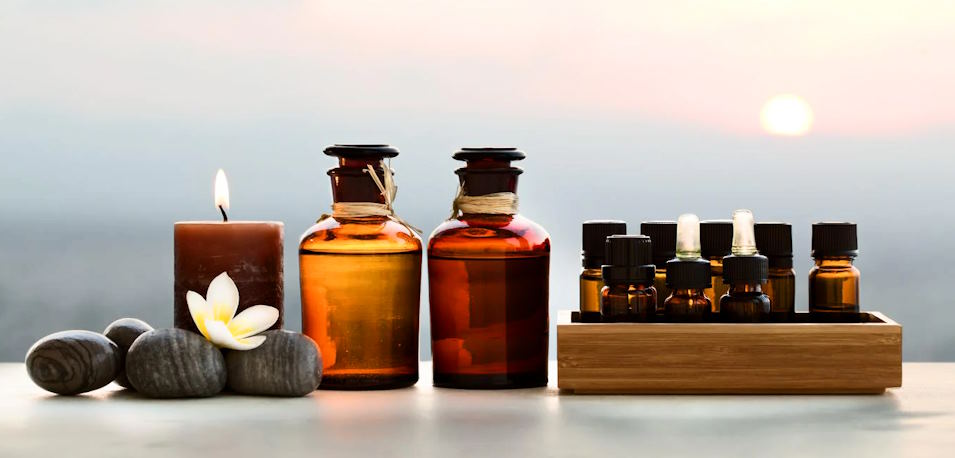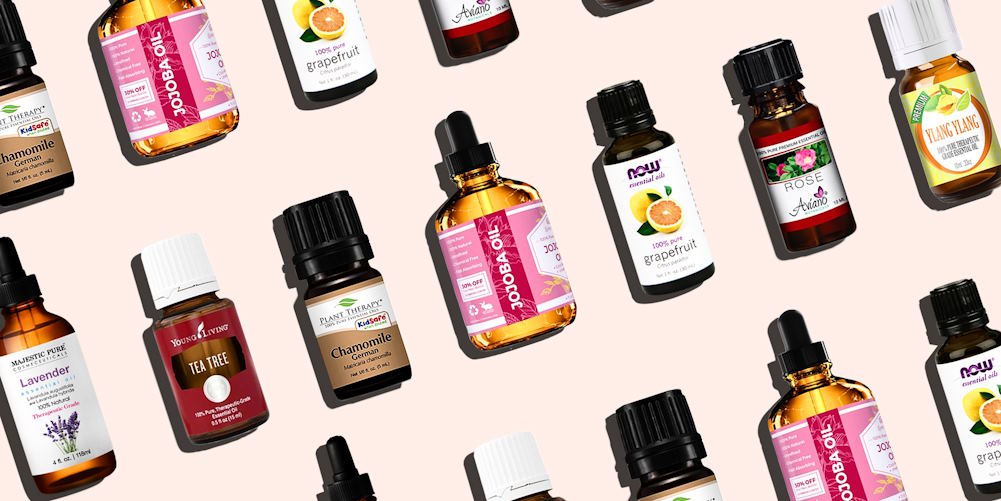
In the ever-evolving landscape of beauty and self-care, the integration of ancient practices into modern routines continues to captivate the attention of enthusiasts seeking holistic approaches. One such timeless practice that has gained significant traction is aromatherapy, harnessed through the utilization of essential oils. With roots tracing back to ancient civilizations, essential oils bring not only captivating scents but also a myriad of potential skincare and wellness benefits. Whether you’re a seasoned essential oil aficionado or a curious beginner, join us in exploring the transformative potential of these nature-derived elixirs in nurturing both your outer beauty and inner tranquility.
Incorporating Essential Oils into Your Beauty Routine
Precautions and Safety Guidelines: Before diving into the world of essential oils, it’s crucial to prioritize safety. Always perform a patch test to check for allergies or sensitivities. Essential oils are potent and should never be applied directly to the skin without dilution. Dilution not only reduces the risk of adverse reactions but also ensures the oils are more easily absorbed by the skin.
Dilution Techniques with Carrier Oils: Carrier oils are your allies in ensuring safe and effective essential oil application. Mixing a few drops of essential oil with carrier oils like jojoba, coconut, or sweet almond oil can mitigate potential skin irritation. A general rule of thumb is to use a 2-3% dilution ratio, meaning 2-3 drops of essential oil per teaspoon of carrier oil.
Customizing Skincare Products: Unleash your creativity by crafting your own skincare concoctions. DIY facial serums and moisturizers allow you to tailor formulations to your specific skin needs. For a rejuvenating facial serum, combine a carrier oil like rosehip with a few drops of frankincense and lavender essential oils.
- DIY Facial Serums and Moisturizers: Experiment with various essential oil combinations to target issues such as acne, aging, or dryness. A blend of tea tree, geranium, and jojoba oil could be ideal for acne-prone skin.
- Enhancing Store-Bought Products: Elevate your existing skincare products by adding a drop or two of essential oil. Elevate your toner with a hint of rose essential oil for a luxurious and aromatic touch.
Adding Essential Oils to Hair Care Routine: Extend the benefits of aromatherapy to your hair care routine for luscious locks.
- DIY Hair Masks and Treatments: Mix essential oils like lavender and rosemary with a carrier oil, then massage into your scalp for a nourishing hair treatment.
- Mixing with Shampoos and Conditioners: Customize your hair care routine by adding a drop of your favorite essential oil to your shampoo or conditioner before use.
Aromatherapy Beyond Skincare
Exploring the Psychological Benefits of Aromatherapy: While essential oils have long been associated with skincare, their therapeutic benefits extend far beyond the physical. Through inhalation, essential oils can evoke powerful psychological responses that enhance overall well-being.
- Relaxation and Stress Relief through Inhalation: Inhaling calming essential oils like lavender or chamomile can trigger relaxation responses in the brain, helping to alleviate stress and anxiety. A few deep breaths of these soothing aromas can create a tranquil ambiance amidst life’s chaos.
- Uplifting Moods and Enhancing Mental Clarity: Aromatic stimulants such as citrus oils can uplift your mood and promote mental clarity. Inhaling invigorating scents like lemon or peppermint can be a refreshing way to start your day or overcome moments of mental fatigue.
Creating a Calming Atmosphere with Essential Oil Diffusers: Essential oil diffusers provide an effortless way to infuse your surroundings with therapeutic fragrances, fostering a serene environment that complements your emotional well-being.
- Different Types of Diffusers and How They Work: From ultrasonic to nebulizing diffusers, each type operates uniquely to disperse essential oils into the air. Ultrasonic diffusers combine water and essential oils to emit a mist, while nebulizing diffusers release undiluted oil particles for a more potent scent.
- Blends for Various Purposes: Sleep, Focus, Relaxation: Craft your desired ambiance by blending essential oils to serve specific purposes. For restful sleep, try a blend of lavender and cedarwood. To enhance focus during work or study, consider using rosemary and lemon. For relaxation, a combination of ylang-ylang and bergamot can work wonders.
Selecting and Sourcing High-Quality Essential Oils
| Aspect | Details |
| Researching Reputable Brands | – Look for brands with a history of transparency and quality. |
| – Read reviews and seek recommendations from trusted sources. | |
| – Investigate the sourcing and extraction methods used by the brand. | |
| – Consider brands that provide detailed information about their sourcing practices. | |
| Understanding Labeling and Certifications | – Check for terms like “100% pure,” “therapeutic grade,” and “organic.” |
| – Look for oils that are labeled with their botanical (Latin) names. | |
| – Certifications from reputable organizations like USDA Organic or GC/MS analysis. | |
| – Be cautious of labels that use terms like “fragrance oil” or “perfume oil.” | |
| Evaluating Authenticity and Purity | – Research the distillation process and botanical source of the oil. |
| – Check for third-party testing reports, ensuring transparency in quality. | |
| – Examine the oil’s consistency, color, and aroma to detect adulteration. | |
| – Compare prices; extremely cheap oils may indicate compromised quality. |




